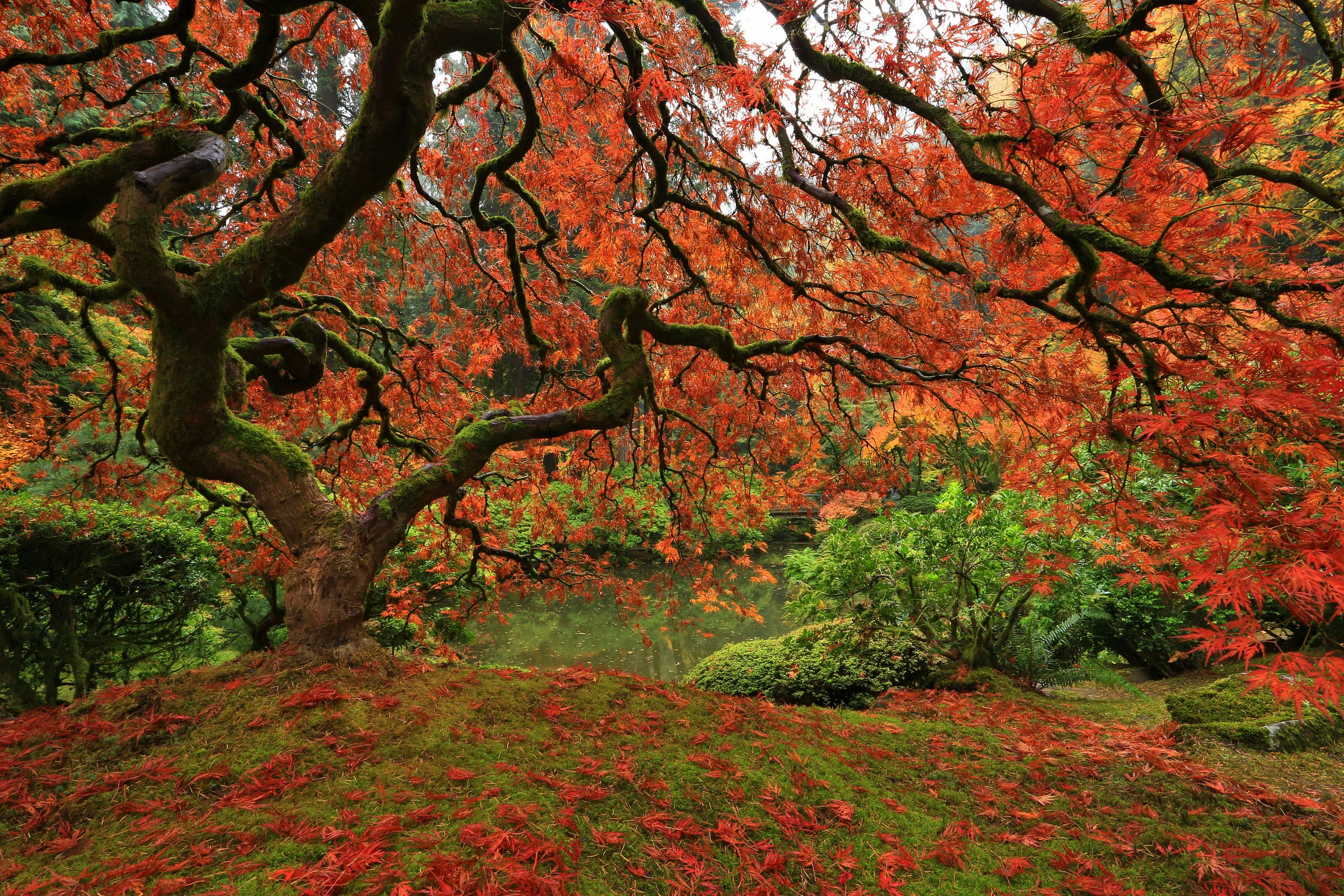Five mindfulness invitations for practicing presence
Because it’s a shame to keep waiting for 'later'

Introduction
In our time, there is a shortage of space. Not living space—though that is also in short supply—but inner space. We often move faster than is good for us. We assume that real life can only begin once everything is in order. We live with the illusion that there will be some future moment when we’ll finally get to start living: when home is calm, when the inbox is empty, when our mind feels clear.
But life doesn’t wait. Life is what unfolds in the midst of all those full days, all those moments when we tell ourselves that later will be better.
Mindfulness is not a technique to arrive at that future moment sooner. It is the capacity to remember that the only moment in which we can actually live is this one. Later is now. And this moment does not need to be improved before it can be experienced. What we think will only be possible later, is already here—if we stop feeding the thought of “later.” This requires a gentle kind of courage: the willingness to stay with ourselves exactly where we are.
In this article, I offer five areas in everyday life where we can land in the now and stop wrestling with reality.
Thoughts and feelings: waves in a wider sea
We tend to believe that our thoughts define us. “I think, therefore I am,” Descartes said—and we kept taking him seriously for centuries. But anyone who sits in silence for a while notices that thoughts come and go like the weather: shifting, sometimes turbulent, sometimes clear, never entirely predictable.
A thought is not a fact. A feeling is not a directive. They are phenomena—events in the mind—and transient by nature. When we start to recognize this coming and going, space appears on its own. Not because we make it happen, but because we see what has been true all along: that we do not become the movement passing through us.
The body knows how to hold this. The breath knows how to soften. There is no need to push—only to move along.
Real listening
Let’s be honest. How often are you already preparing your response halfway through someone’s sentence? And when someone does that to you, do you notice how you begin to speak louder or try harder to hold their attention?
Something remarkable happens in conversation when we give ourselves permission not to do anything for a moment. No “yes, but,” no opinion, no clever comeback. Just presence, and listening. Showing that you are actually here, and that the other person does not need to hurry, defend, or earn the space.
Then a silence can appear that feels full. A silence in which both of you can arrive. Listening isn’t a technique; it’s a way of being. You listen not only with your ears, but with your whole body.
And it’s contagious—in the good way. When one person steps out of habitual reactivity, the other is invited to do the same. Nervous systems co-regulate. They resonate. Often, that is enough for the eyes to soften and the heart to open.
Eating as an act of reverence
Eating and drinking happen every day, which makes them vulnerable to habit and autopilot. In the rush of daily life, multitasking is tempting. Meals disappear while we scroll, think about our to-do list, or watch the news. We swallow quickly, barely tasting what we’re taking in.
To eat with attention simply means knowing that you’re eating. Tasting what enters the body. Taking time to chew. Enjoying is allowed—truly. You may find yourself feeling satisfied sooner, less overfull, and more energized. A natural way to lose a kilo, even!
In some cultures, preparing and eating food is regarded as meditation practice. Because the food we receive, and the body that receives it, are worthy of devotion.
When we eat with awareness, we acknowledge that this body is alive. That it is not a project to be improved, but the home we live in. Eating with care is home maintenance of the most intimate kind.
This friendliness toward the body spills into everything: the pace of our speech, the way our eyes rest on others, the softness in our movements, the gentleness of our judgments. A meal can become a small daily ritual of returning—to the world, to this moment, to the body that carries us—with gratitude.
Moving as a way of being present
We often associate silence with stillness, but the body offers another path. The body is like an old river; when we move it with care, it remembers movements older than our words. Moving more slowly and consciously loosens something that is hard to describe.
In Tai Chi and Qigong, we don’t speak of doing, but of allowing.
Movement doesn’t originate from the head, but from a deeper place.
We follow rather than direct.
The body leads, and the mind listens—without forcing.
As I often say in class: body knows.
When we move this way, time slows. The breath opens. Muscles soften without collapsing. The body feels like one continuous whole again, not a set of parts to be managed.
Instead of treating the body as an object to keep “in shape,” we meet it with respect. Movement becomes active relaxation. Not to become stronger—though paradoxically we become more forceful—but to inhabit the body more fully and feel ourselves as part of something larger.
In Tai Chi we say:
The earth supports you.
The sky lifts you.
You need only breathe between the two.
It may sound poetic, but it can be directly experienced. At some point, the movement begins to move itself. The body knows what to do when we give it space.
Perhaps that is the heart of many meditation forms:
Not forcing life, but learning how to move with it.
The breath as quiet teacher
The breath is our most faithful companion. Present from the first moment to the last, always here, always now. It pushes nothing. It demands nothing. It moves with a rhythm older than thought.
When we follow the breath—without directing it—something small and meaningful can happen: the body remembers that life does not need to be managed by willpower. That stress is, in many ways, a form of inner force.
The breath shows us that beneath all our effort lies a resting movement. A source of grounding that never fully disappears, even when forgotten. To remember—that is the practice.
Sometimes one long exhale is enough to come home again.
Ahhh…
Ordinary life as practice
We tend to wait for special experiences: insight, peace, illumination. But life is grandest in the ordinary. It unfolds in buttering your bread, turning on the tap, folding laundry, typing your password.
The extraordinary is not in what happens.
It is in the quality of attention we bring.
The practice is not to change life, but to see it. To live it. To experience it. Here and now.
So tomorrow morning, when you shower before a busy day, there is a choice. Instead of rehearsing what lies ahead, you can feel the warm water, the skin beneath your hands, the steam in the air, the scent of the soap, the softness of the towel.
Fully here, with yourself, in what is already happening.
And then—let the day begin.
If you found this article worth reading and (not yet) feel like getting a paid subscription, you can always treat me to a cappuccino!


